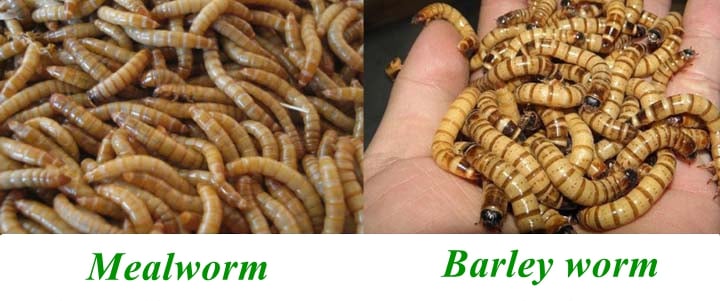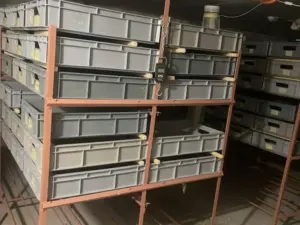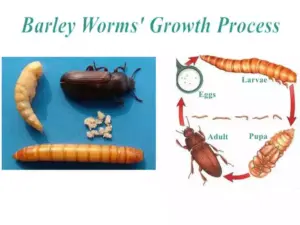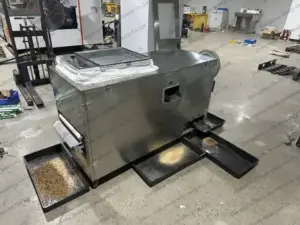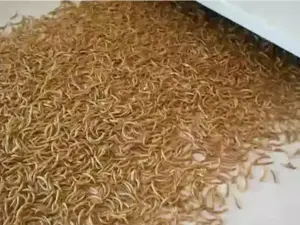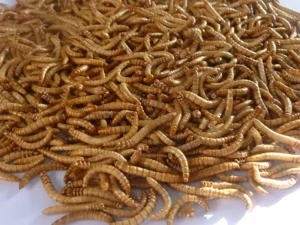Both of the mealworm and the barley worm are the nutritious insects for using as the animal feed and human food. Most farmers like to raise these worms in their plants for selling the live worms or dries worms with good prices. Although these two kinds of worms are alike, what are the differences between them?
Several tips summarized by the mealworm machine manufacturer
The mealworms and barley worms differ greatly in their origin, appearance of larvae and adults, and nutritional value. As the professional mealworm sifting machine manufacturer, we summarized some points to help you to recognize the mealworm and the barley worm. Although the mealworms and the barley worms are different, they can be sorted by the same screening machine–Shuliy automatic mealworm sifting machine.
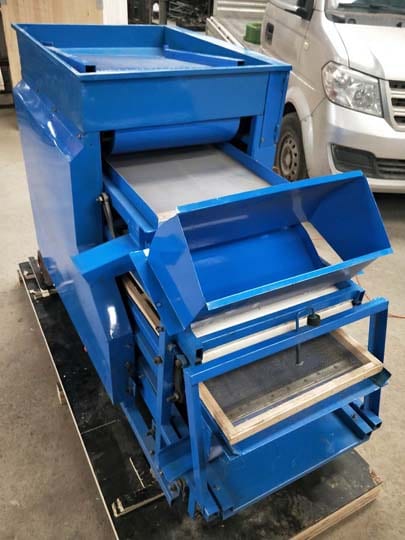
- Different original place
Tenebrio Molitor is native to North America. China was brought back from the Soviet Union in the 1950s. Barley worms are native to South Africa and Central Africa and have only been introduced from Southeast Asian countries in recent years.
2. The different appearance of larva
The larvae of Tenebrio Molitor are slender and cylindrical, and the mature larvae are (24-29) mm long. The newly hatched larvae are milky white, and then become yellow-brown, the back and front edges of each section are pale brown, and the internode and ventral surfaces are yellow-white. Tenebrio Molitor larvae’s body length and headshell width are relatively stable, which is the main basis for larval age.
Barley larvae are generally 40-60 mm long and 5-6 mm wide. A single larva weighs 1.3 to 1.5 grams and is cylindrical. Its body wall is hard, tan, and shiny, with 13 sections, with tan rings at the joints and yellow ventral surface. During the growth of the larva, the surface of the body is white first. After the first molting, the skin becomes yellow-brown. After that, the molting will occur once every 4 to 6 days, and the molting period will be 6 to 10 times. The growth period is 60 days. During the molting stage, the barley larvae molted from scratch, and the activity before molting began to decrease. The molted larvae were milky white and very fragile and vulnerable.
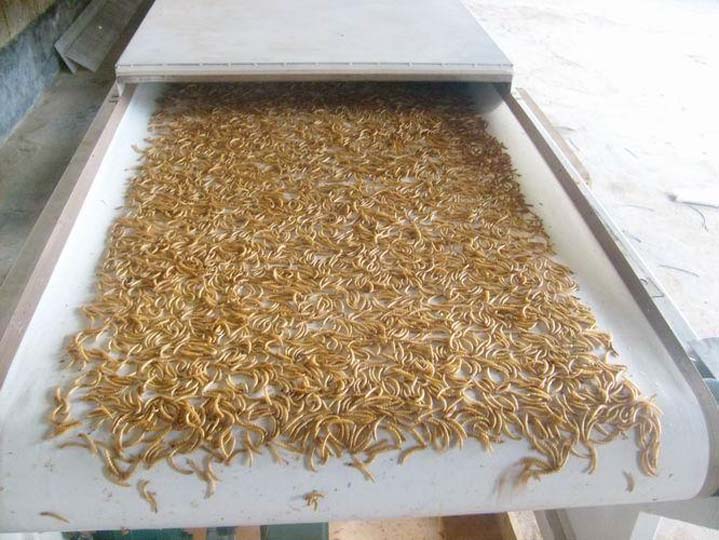
3. The appearance of adult worms is different
Adults of the mealworm are flat and oblong as a whole, with a length of (13.02 ± 0.91) mm and a width of (4.11 ± 0.33) mm. The elytra of the newly emerged adult are beige, and the pronotum is brown, and 3 hours later, the hind Coleoptera will become reddish-brown. After 3 to 4 days, the adult Coleoptera will become dark brown with rosary-like antennae. The bark of the barley worm has just shed its milky white shell, its head is orange, and its carapace is relatively thin. After 1 to 2 days, the back becomes dark brown, and the abdomen becomes tans about 8 mm.
- Different nutritional value
The dry meal of Tenebrio Molitor has a fat content of 30% and a protein content of more than 50%. It also contains phosphorus, potassium, iron, sodium, aluminum, and other major elements and various trace elements. Dry mealworm larvae contain about 40% protein, pupae contain 57% protein, and adult worms contain up to 60% protein. The nutritional value of barley worms far exceeds the larvae pupae and yellow mealworm larvae and contains a large number of trace elements necessary for the human body.

